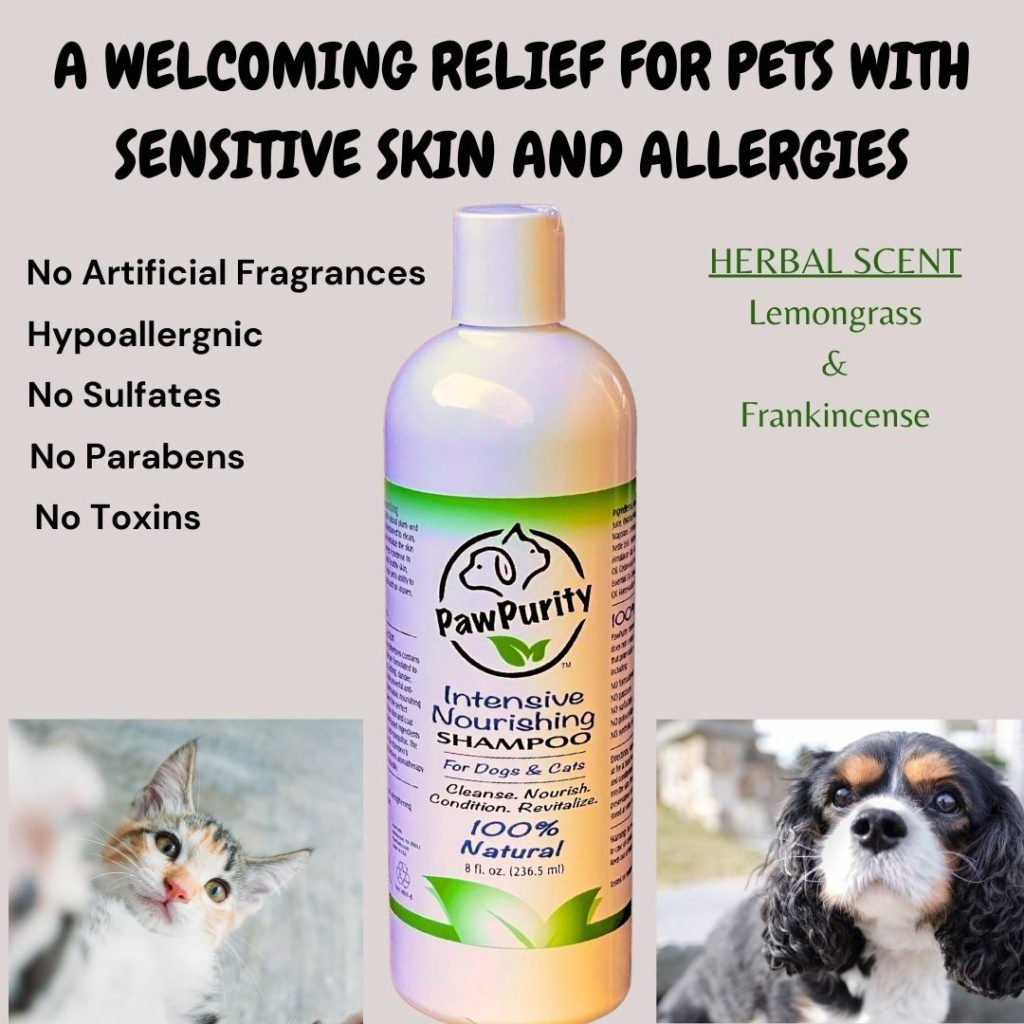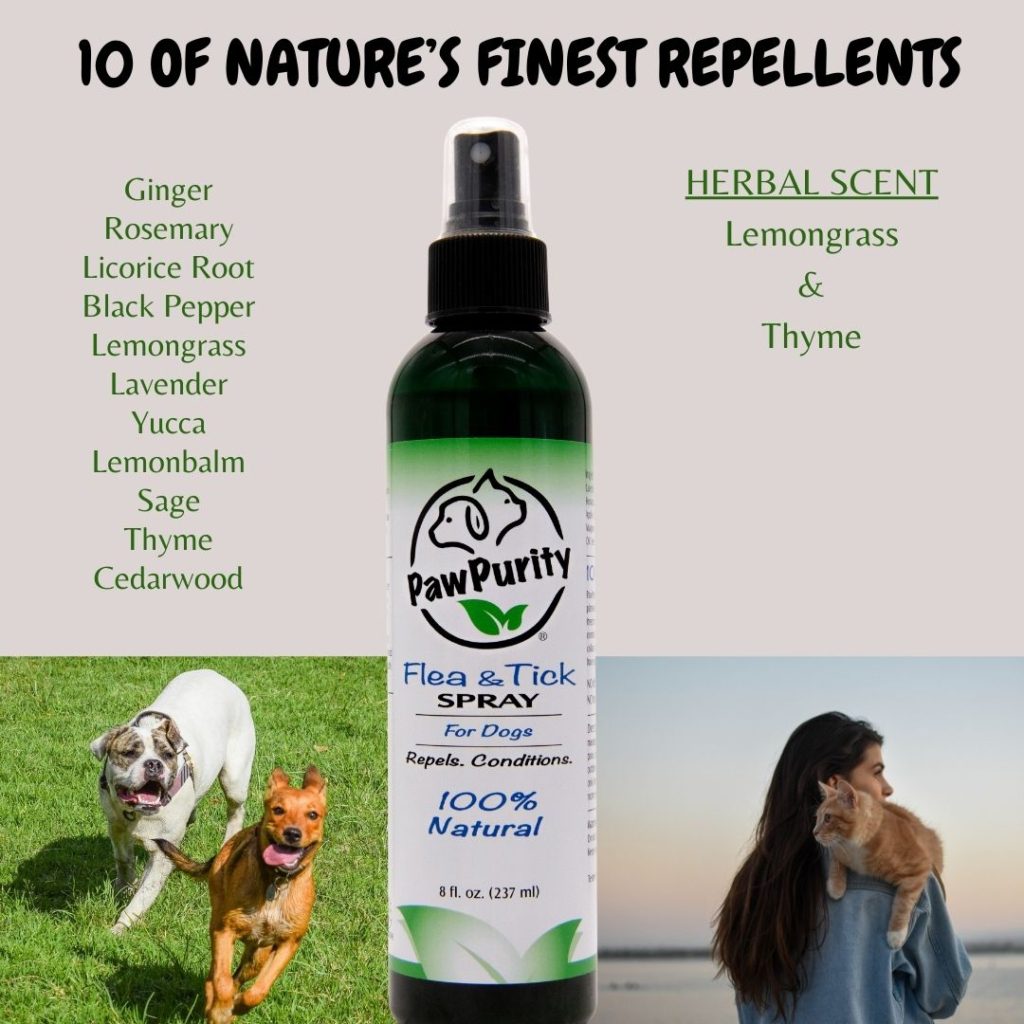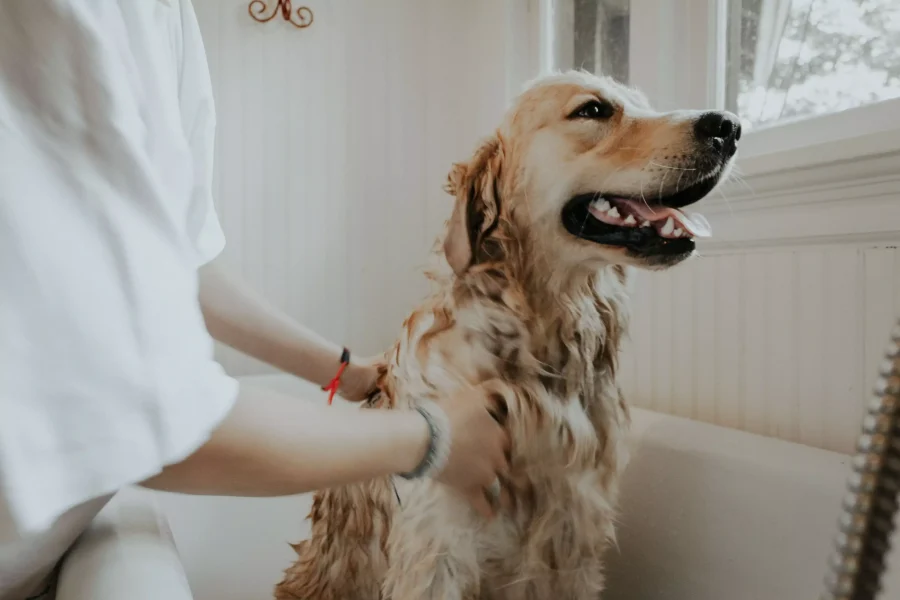Red Mange on Dogs
Is your furry friend persistently scratching and losing hair? If so, it may be suffering from red mange, a common parasitic skin disease that affects dogs. Red mange, also known as demodectic mange, is caused by an overgrowth of mites that live in the hair follicles and oil glands of the skin. While this condition can be distressing for dogs and their owners, the good news is that with prompt diagnosis and treatment, most dogs can fully recover from red mange quickly.
In this article, we will take a closer look at what red mange is, its symptoms, and how it can be effectively treated to get your furry companion back to its happy and healthy self.
What is Red Mange on Dogs?
Demodectic mange or red mange on dogs is an unfortunate condition caused by mites. These mites live on and in the skin, leading to various inflammatory conditions where hair loss and lesions occur. In the most severe of cases, complete hair loss observed in patches throughout the body can lead to extreme discomfort and a weakened immune system.
What Causes Red Mange?
Red mange is caused by microscopic mites that feed off the skin cells of dogs. These mites normally live on the skin but can cause an allergic reaction leading to intense itching and scratching. This can lead to further irritation and infection as well as loss of fur and bald spots. The most common type of mite responsible for red mange is known as Sarcoptes scabiei, but other types, such as Demodex canis, are also possible culprits.
Symptoms of Red Mange
The primary symptom of red mange on dogs is patches of red, inflamed skin that look like sores or scabs. Your dog may also experience intense itching, which leads to excessive licking or biting at these areas on its body. Other symptoms include:
- Hair loss
- Thickened skin
- Crusty patches
- A foul odor emanating from affected areas
Treatment of Red Mange on Dogs
Treatment of red mange on dogs often involves a combination of medicated dips, injections, oral medications, shampoos, and topical treatments. Amitraz dips are the most effective against red mange in many cases. Additionally, Ivermectin injections are commonly used as part of the treatment plan.
Oral medication such as antibiotics or antifungals may also be prescribed to help reduce inflammation and irritation caused by the condition. Organic shampoos like PawPurity Intensive Nourishing Shampoo are often prescribed by veterinarians. Topical treatments containing sulfur-based compounds also can be helpful for managing mild cases of red mange on dogs. To help speed recovery time, you should keep your dog clean with regular baths and gently brush its coat daily to remove dead hair or dirt buildup that could irritate its skin further.
In more severe cases, supportive care such as wound management and nutritional supplements may be necessary to boost the dog’s immune system and protect its skin from further damage. Preventing contact between your pet and other animals that may have similar issues is highly recommended since parasites are often spread through direct contact between animals (or even humans). Additionally, certain skin conditioning products may be recommended to nourish the coat and soothe any itching or discomfort associated with the condition.
Home Remedies for Red Mange on Dogs
Red mange can be a concerning issue for pet owners, but it doesn’t always require expensive or hazardous veterinary treatments. For mild cases of red mange, home remedies such as colloidal oatmeal baths and using a touch of apple cider vinegar in the regular shampoo can help reduce skin inflammation and support healing. Never apply apple cider vinegar directly to the skin as it would be painful. Be sure to incorporate regular bathing with these natural remedies, as they work best when they are part of an ongoing program of hygienic maintenance. PawPurity Intensive Nourishing Shampoo is what many vets suggest for quick results.
Additionally, regular brushing of your pup’s coat is a great way to keep fur clean and promote circulation, which leads to healthier skin over time. With the right combination of home remedies and the help of your trusted veterinarian, you will have your pup feeling better in no time.
Prevention of Red Mange on Dogs
Regular veterinary check-ups should include skin exams to look for any signs of red mange. If caught early, it can be treated with topical medications such as shampoos and dips. Additionally, keeping your dog up to date on flea prevention treatments like using PawPurity Flea & Tick Spray for Dogs is important in preventing the introduction of mites that cause red mange.
Nutrition also plays an important role in preventing red mange. A balanced diet rich in omega-3 fatty acids, zinc, vitamin A, and other essential nutrients helps maintain healthy skin and keeps the immune system strong to fight off infection from mites. Proper grooming also is essential for the management of this condition. It keeps the coat free from debris and mats, which may harbor parasites such as demodex mites.
Additionally, keeping your pet away from other animals or areas where they may pick up parasites or bacteria associated with red mange can help prevent its spread. Finally, if your pet has been exposed to a pet diagnosed with red mange and you aren’t seeing improvement with PawPurity Flea & Tick Shampoo, an improved diet and increased brushing, take them to the vet for further treatment.
Frequently Asked Questions
1. How long does it usually take for a dog to recover from red mange once they have started treatment?
The length of time it takes for a dog to recover from red mange can vary depending on several factors. The main factors include the severity of the infestation, the type of treatment used, and the dog’s overall health. However, with proper treatment and care, most dogs can recover from red mange within a few weeks to a few months.
In general, dogs will start to show improvement within a few days to a week after starting treatment. It is important to continue the treatment as directed by the veterinarian to ensure that the mites are fully eliminated even if the symptoms appear to have resolved.
In some cases, dogs may require multiple rounds of treatment before the mange is completely eradicated. This is especially true for severe cases of red mange or if the dog has an underlying health condition that is compromising its immune system.
It is important for owners to work closely with their veterinarians and follow the instructions for treatment and care to ensure the best possible outcome for their dogs. Regular check-ups and monitoring are also important to ensure that the mange does not recur or progress.
2. What is the main difference between red mange and sarcoptic mange?
The two main types of mange that affect dogs are red mange and sarcoptic mange. Red mange, also known as demodectic mange, is caused by a type of mite that lives in the follicles of your pup’s skin. While these mites are naturally found in some dogs’ coats, they can become so overactive that they actually cause an infection which leads to irritation and redness in the affected area.
Sarcoptic mange, on the other hand, is caused by different microscopic parasites which burrow beneath your dog’s skin, causing intense itching and scratching. Treatment for both types of mange typically involves topical antibiotics and/or anti-itch treatments. However, it is much more difficult to treat sarcoptic mange due to its contagious nature. With proper care and monitoring from your vet, however, you can prevent these types of mange from taking hold on your furry family member.
3. Is red mange contagious to humans?
While red mange is a highly contagious skin disease among dogs, humans do not need to worry about catching it. Red mange is caused by demodex mites, which are microscopic parasites that only affect canines. In very rare cases, humans may experience an allergic reaction to their pet’s condition if they have significant contact with their infected animal’s skin or hair.
However, this is due to the chemical components of the mites themselves and not due to the actual spreading of the infection from canine to human. In general, red mange poses no risk for person-to-person transmission and can only affect members of the canine family.
Wrap Up
Red mange is a highly contagious skin disease caused by microscopic mites that can affect dogs. It should not be taken lightly because it carries potential risks if left untreated for too long, such as increased pain or secondary infections due to excessive scratching at affected areas. Treatment typically includes topical medications and antibiotics, followed up by a natural nourishing shampoo to keep the skin’s immunity as strong as possible. Treatment also includes avoiding contact with other known cases of red mange to prevent its spread.
With proper treatment and care, most dogs can recover from this condition within a few weeks to a few months. However, it is important to regularly monitor the dog’s condition and work closely with a veterinarian for the best possible outcome. Ultimately, red mange is an uncomfortable but highly treatable condition that can be prevented or controlled with appropriate care. By understanding how it is spread and taking preventive measures, pet owners can help ensure their furry family members remain healthy and comfortable.
#RedMange #RedMangeinDogs #Mange














